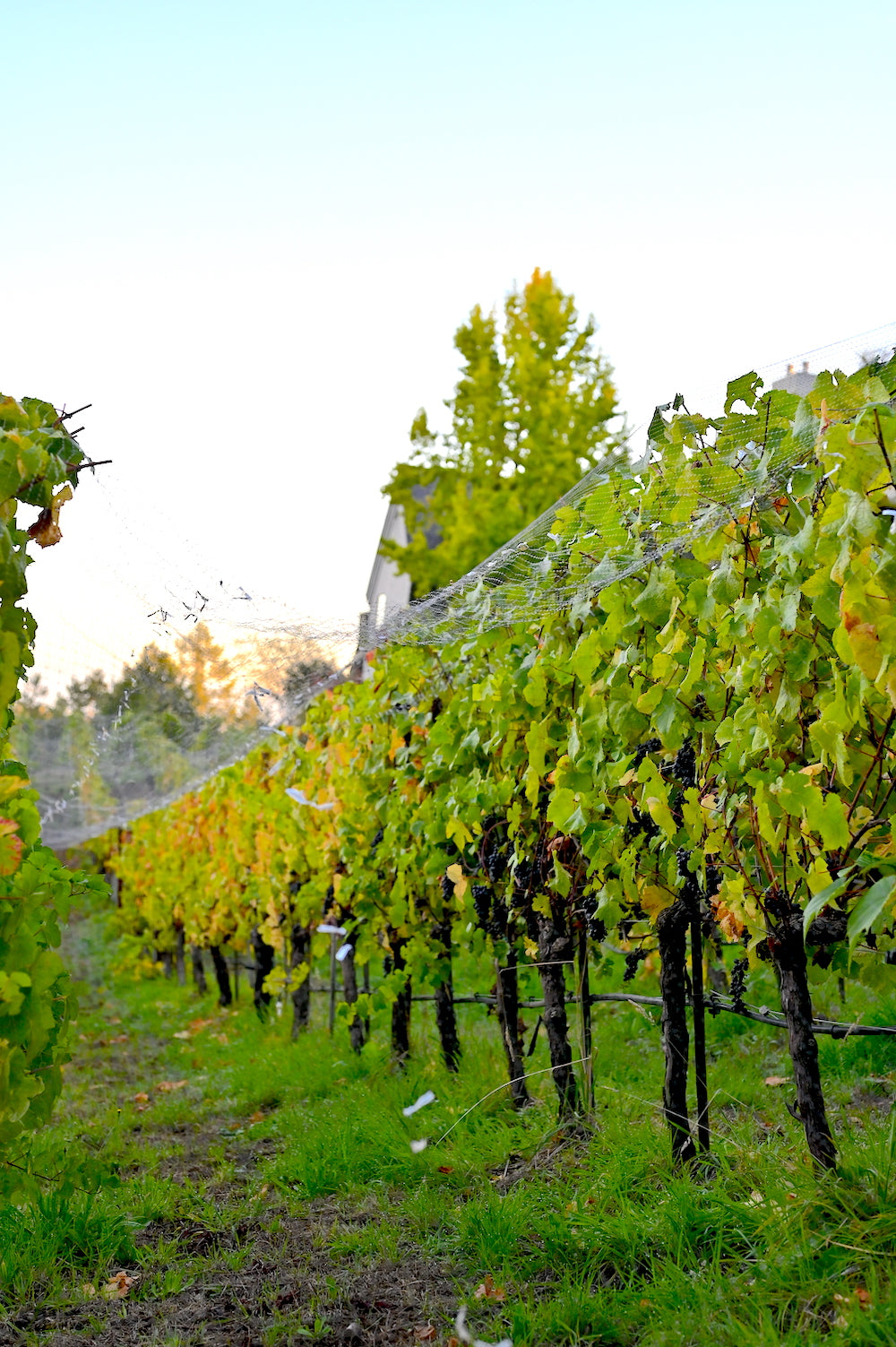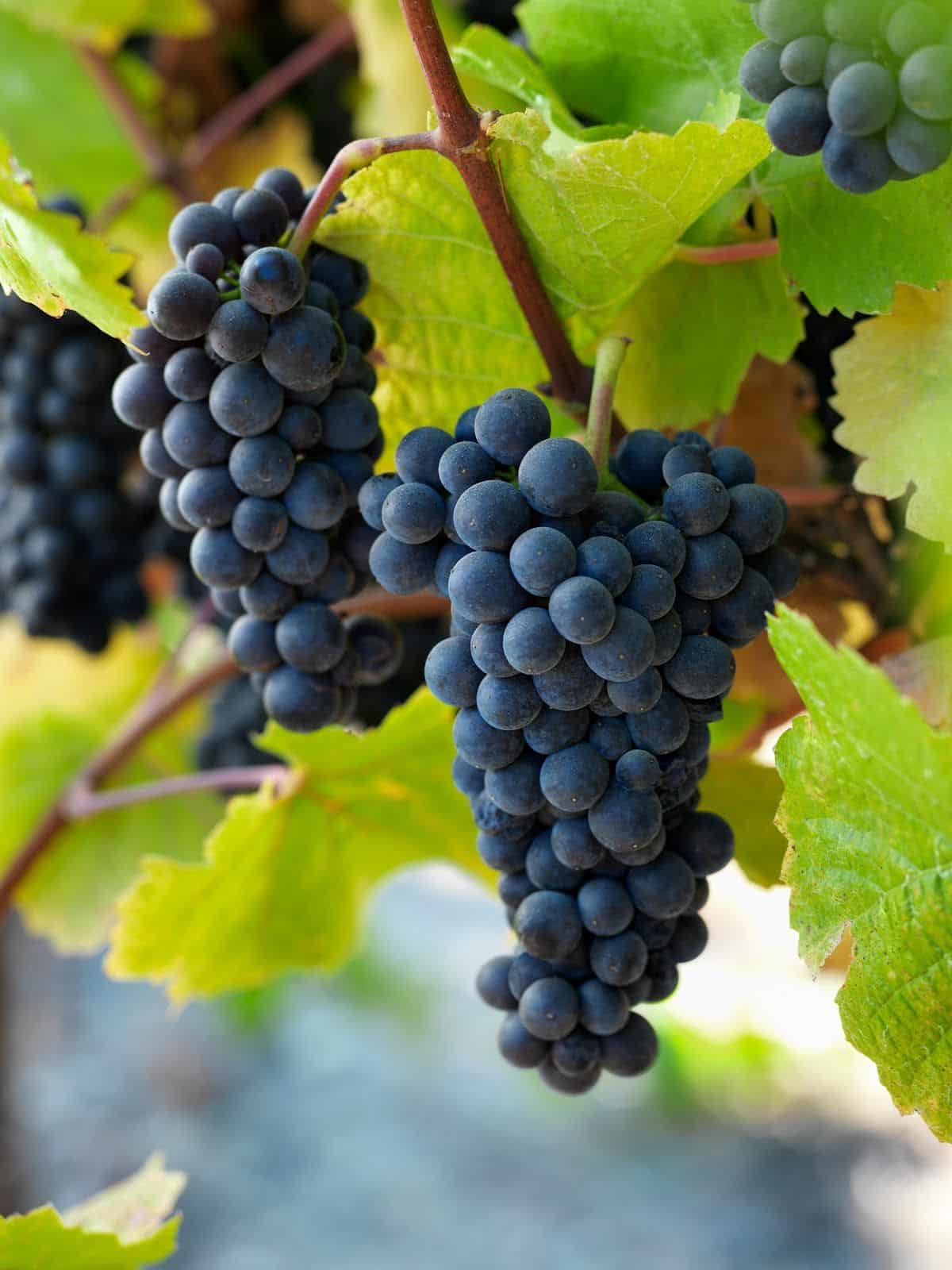Innovative Wine-Making Techniques In Sonoma Valley - Discover Sebastopol's Wine Scene
Innovative Wine-Making Techniques In Sonoma Valley - Discover Sebastopol's Wine Scene
Blog Article
Wineries In Sebastopol - Greatest Wine Tasting Locations In Sonoma
Wine tasting is an art that requires practice and an understanding of varied aspects involved within the process. One essential factor of wine tasting is the development and interpretation of tasting notes, which serve as a guide for each novices and seasoned connoisseurs. A Guide To Understanding Winery Wine Tasting Notes can improve your wine-tasting experience, making it more meaningful and enjoyable.

Tasting notes are concise descriptions that capture the essence of a wine’s flavors, aromas, and general character. Usually composed by professional tasters, winery tasting notes supply insights into the nuances of various wines. They might help wine enthusiasts perceive what to anticipate from a particular bottle. Nonetheless, tasting notes can differ widely in style and detail based on the author's experience and palate.
Cultural Wine Experiences In Sonoma County - Sebastopol Wine Tours And Vineyards
When you first method a glass of wine, your senses will begin to interact right away. The sight, scent, and taste of the wine will converge to give you a whole experience. Tasting notes generally start with the visual evaluation, where the color of the wine is taken under consideration. Color performs a significant function in indicating the wine’s age, grape variety, and even its flavor profile.
After assessing the visible facet, the following step includes swirling the wine within the glass. This action aerates the wine, permitting its aromas to awaken. Smelling the wine offers important insight into its complexity. The preliminary sniff can deliver a flood of scents that will include fruity, floral, natural, or earthy notes. This is often essentially the most subjective part of tasting, as particular person experiences can dramatically differ.
In winery tasting notes, descriptors are sometimes categorized into main, secondary, and tertiary aromas. Major aromas often stem from the grape selection, secondary aromas derive from fermentation processes, and tertiary aromas arise from growing older. Understanding these classes might help you recognize the depth of a wine, and they additionally provide the vocabulary to express your experience higher.
Best Wineries For Sunset Views In Sebastopol - Enjoying Wine Tastings And Vineyards Near Sebastopol
Following the olfactory encounter, your focus will shift to the style of the wine. This is where the primary characteristics—sweetness, acidity, tannins, alcohol—come into play. Tasting notes usually element these flavors in multiple dimensions, including the preliminary attack on your palate to the lingering end on your tongue. A high-quality wine will present a harmonious steadiness between these components.
While tasting, it's essential to ponder the physique of the wine, which can be described as light, medium, or full. The physique contributes significantly to your total impression, serving to you consider how the wine pairs with food or whether it stands alone as a sipping wine. Balancing the physique with the other characteristics will provide you with a fuller understanding of what the wine has to supply.
The finish of the wine, additionally known as the aftertaste, is another critical side typically included in tasting notes. A lengthy, nice finish normally signifies a higher high quality wine, while a short or cloying aftertaste could counsel otherwise. Evaluating the end can offer additional insight into the wine's complexity and distinction.
Understanding the context of winery tasting notes can additionally be valuable. Tasting notes can present contextual information about the winery's location, climate, and grape-growing practices. This context provides another layer of appreciation for the wine, permitting enthusiasts to connect the sensory experience with its origins, thus enhancing the enjoyment additional.
Small Batch Wineries In Sonoma Valley - Discovering The Vineyards Of Sonoma County
Many wineries provide tasting notes on their websites or labels, usually written in an approachable but informative style. Nevertheless, not all winery tasting notes are created equal. Some may be overly technical, while others might prioritize marketing aptitude over insightful analysis. Learning to navigate these notes can arm you with the knowledge to make knowledgeable selections when choosing wines.
Participating in tastings at wineries can also deepen your understanding of wine tasting notes. Interacting with educated employees can give you a extra hands-on approach to exploring different wines and the language used to explain them. Historical Wineries To Visit In Sonoma. You'll have the chance to ask questions, interact in discussions, and probably refine your palate in real time.
Experimentation is crucial for mastering wine tasting notes. As you dig this pattern totally different wines, try making your own notes. Focus on describing the wine’s colour, aroma, style, and finish. Over time, you’ll develop a private vocabulary that resonates along with your sensory experiences. Each note you create will assist refine your palate, permitting you to appreciate wines at a deeper stage.
Remarkable Craft Wineries In Sebastopol - Sonoma County Wine Tasting Locations
In conclusion, a Guide To Understanding Winery Wine Tasting Notes offers a comprehensive framework for diving into the world of wines. It equips you with the strategies and language essential to articulate your experiences. Whether Or Not you're a informal drinker or a devoted aficionado, understanding and using tasting notes can profoundly impression your wine journey. This data not only enhances your enjoyment but also connects you deeply with the rich narratives every bottle tells. By embracing this journey, you turn into a part of the attractive mosaic of wine tradition, the place each sip unveils a new story waiting to be discovered.
- Wine tasting notes typically encompass a big selection of sensory descriptions, together with aroma, flavor, acidity, physique, and finish, allowing tasters to fully appreciate the wine's traits.
- To improve your understanding, familiarize your self with widespread wine terminology such as "tannins," "oakiness," or "terroir," which can help decipher the notes extra successfully.
- A systematic strategy to tasting includes first visually assessing the wine's color and clarity, followed by swirling to launch aromas, then inhaling and describing what you experience.
- Taking notes throughout tasting might help identify patterns over time, enhancing your palate and making it easier to recall preferences for future alternatives.
- Do Not overlook the influence of food pairings; tasting notes can differ greatly when a wine is loved with complementary flavors, altering notion and delight.
- Pay attention to the wine’s vintage, as weather conditions in a given 12 months can significantly affect the ultimate product, including another layer to the tasting notes.
- Contemplate the winemaker's style and philosophy, which might shape the wine's profile and impression how its notes evolve with each sip.
- Working Towards with totally different grape varieties can broaden your vocabulary; each kind brings unique characteristics that may improve your capacity to articulate tasting notes successfully.
- Engaging with wine professionals or attending tasting events can present valuable insights, providing a richer context for understanding personal tasting notes.
- Keep In Mind that tasting is subjective; individual preferences and experiences will form one’s interpretation of the same wine, enriching the overall enjoyment of wine exploration.
What are wine tasting notes?
Wine tasting notes are descriptive feedback made by tasters in regards to the appearance, aroma, style, and finish of a wine. They present an overview of the wine's traits and may help consumers perceive the style and quality of the wine.
Innovative Wine-Making Techniques In Sonoma Valley - Unforgettable Wine Tastings In Sonoma
Why are tasting notes important when deciding on wine?
Tasting notes can guide you in selecting a wine that suits your palate. They present insights into flavors and aromas, helping you to match wines with food or occasions. Understanding these notes enhances your overall wine experience.
How ought to I learn wine tasting notes?
(Wineries With Unique Varietals)
Wineries Known For Sustainable Practices In Sonoma - Wine Tasting Activities In Sebastopol
When reading wine tasting notes, pay consideration to the structure: search for descriptions of shade, aroma, flavor, and finish. This will allow you to grasp the wine's profile and determine if it aligns read this article together with your preferences.
What phrases commonly seem in wine tasting notes?
Frequent terms embrace "tannin" (the structure), "acidity" (the crispness), "physique" (the weight), and various flavor descriptors like "fruity," "earthy," or "spicy." Familiarizing your self with these phrases can deepen your understanding of wine.
Wineries Known For Their Hospitality - Best Vineyard In Sonoma
Am I Able To create my very own tasting notes?
Yes! Writing your individual tasting notes can improve your wine tasting experience. Focus in your observations of style, aroma, and different sensory characteristics. This personal practice might help you refine your palate over time.
How do I identify the aromas in wine tasting notes?
Wineries With Unique Varietals - Sebastopol Vineyard Experiences
To establish aromas, practice smelling a wide range of scents and associating them with wines. Swirl the wine in your glass to release its aromas, then take a moment to breathe in deeply before identifying any prominent scents.

What is the distinction between professional and personal wine tasting notes?
Professional tasting notes may use more technical language and particular terminology, while personal tasting notes are subjective and mirror particular person experiences. Both are useful for understanding and having fun with wine, but personal notes might resonate extra with your unique tastes.
How can tasting notes improve my wine appreciation?
Wineries Renowned For Cabernet Sauvignon In Sonoma - Wineries With Outdoor Tastings In Sebastopol
Tasting notes can improve your appreciation by serving to you to grasp and articulate the complexities of wine. They encourage conscious tasting and supply a framework for comparing totally different wines, resulting in a richer enjoyment of the beverage.
Are there any apps or instruments to help with wine tasting notes?
Yes, there are a number of apps designed to help users report and manage their tasting notes. These instruments typically supply features like flavor wheel guides and wine database searches, making it easier to track your journey through different wines. Report this page